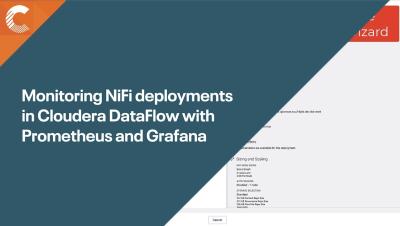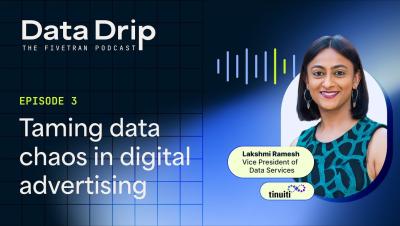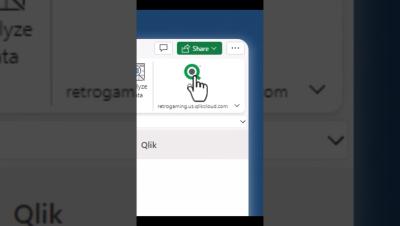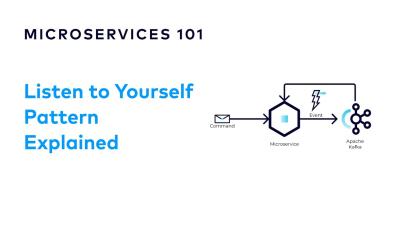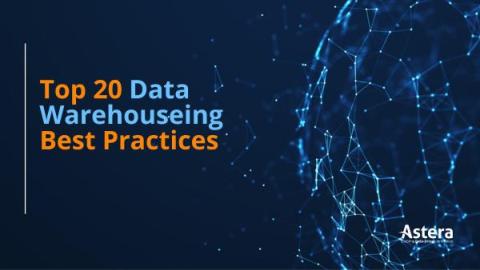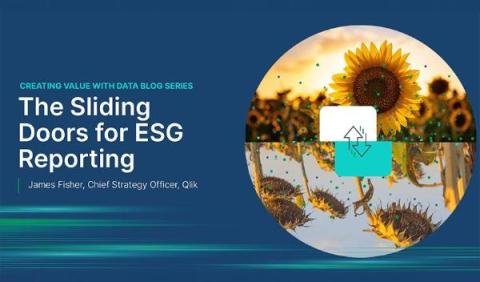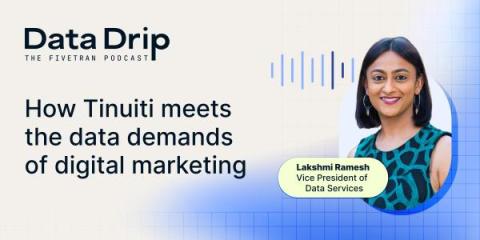Monitoring NiFi deployments in Cloudera DataFlow with Prometheus and Grafana
Prometheus and Grafana have become standards for many organizations to monitor a diverse set of applications. This video shows how organizations can monitor their NiFi deployments using Cloudera DataFlow and Prometheus and Grafana.

